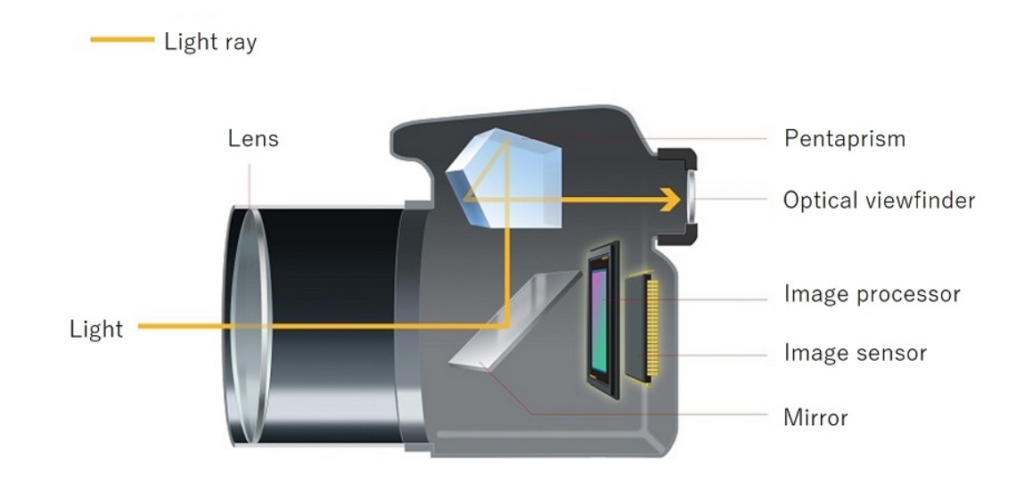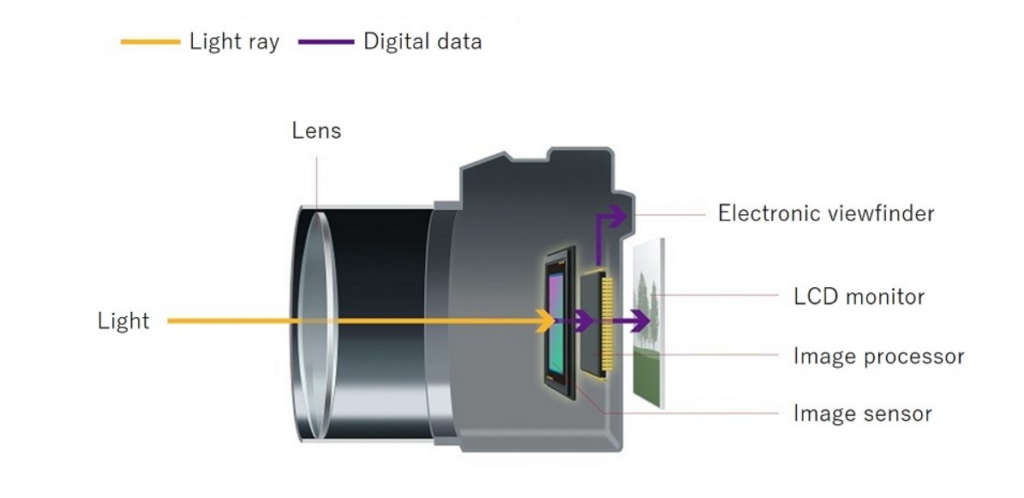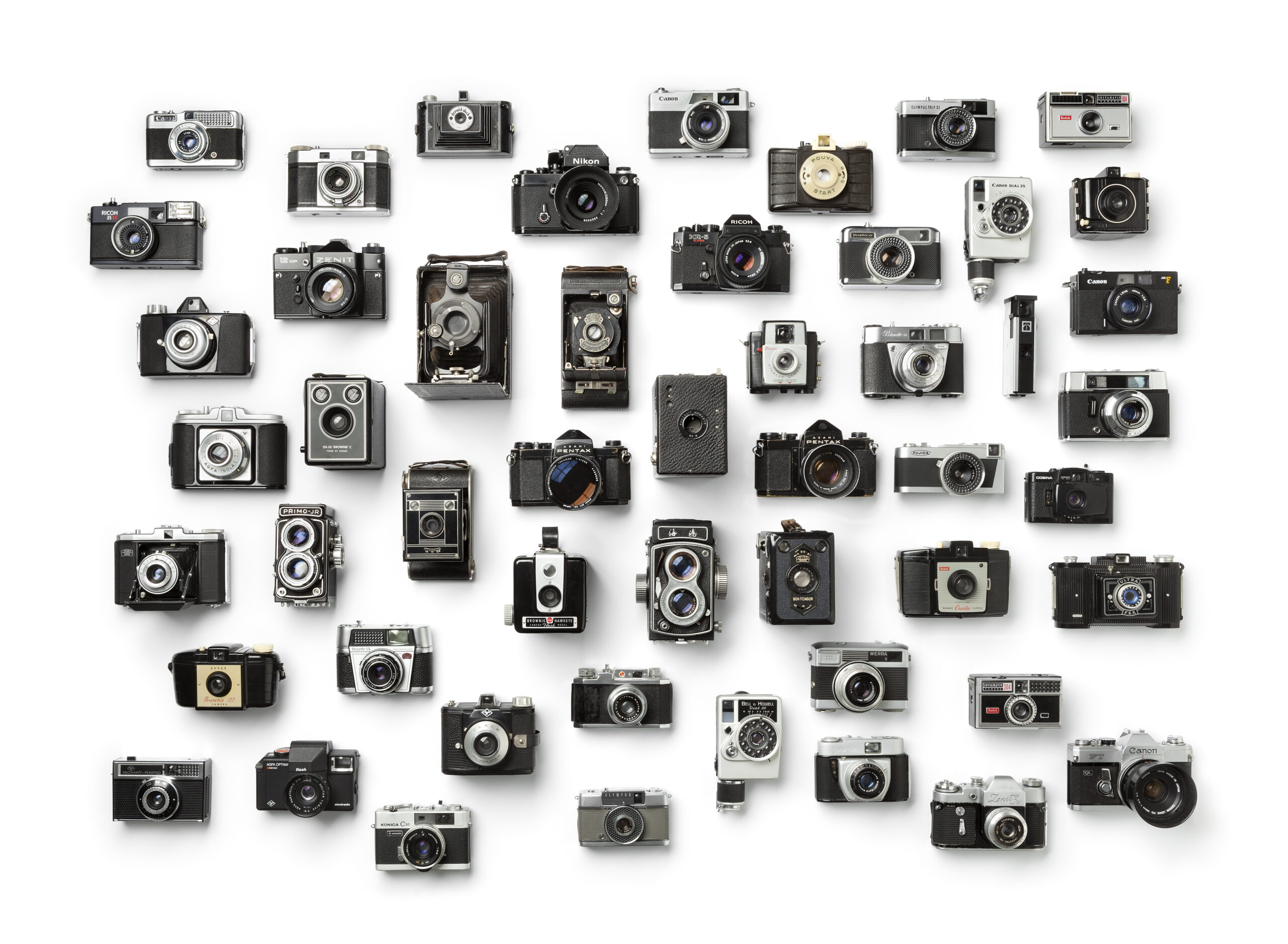Imagine standing in an electronics store, surrounded by shiny cameras. Each one promises to capture the perfect shot. Overwhelming, isn’t it?
With so many options, it’s tough to choose. There are compact cameras, mirrorless systems, and DSLRs. This is especially true for underwater photography. That’s where we come in. In this article, we’ll explore ten years of camera technology progress. We’ll also help you choose the right camera for your underwater adventures. We know it can be confusing to find what matters for underwater photography. There’s a lot of technical jargon and endless features.
But don’t worry. By the end of this article, you’ll know which camera suits you best. You’ll feel confident in your choice. Let’s jump into underwater photography gear. We’ll explore how to capture your memories as clearly as the moments themselves!
The Journey of Underwater Cameras: From Exclusive to Mainstream
Twenty years ago, only pros or avid photographers spent thousands on underwater gear. Back then, these setups were both expensive and bulky. Underwater photography felt more like weightlifting!
Then came the digital compact camera boom in the early 2000s. For the first time, photographers could pair cheap, powerful, and light cameras with protective housings. This allowed almost anyone to capture the magic of the underwater world. Picture a dive group with compact cameras. They snap photos excitedly along coral reefs. It feels like a dream, doesn’t it?
The Era of Mirrorless Cameras
In 2004, Epson introduced the world’s first mirrorless camera, the Epson R-D1. But it wasn’t until 2008 that mirrorless cameras gained traction. Panasonic launched the Lumix DMC-G1. It was popular, especially among underwater photographers. Brands like Olympus, Samsung, Nikon, and Canon soon joined the race. They offered exceptional models.
Mirrorless cameras appeal to their image quality and portability. They are less bulky than DSLRs. But, they are powerful enough for everything. They can do wide-angle reef shots and close-ups of tiny marine creatures.
The Rise and Fall of Compact Cameras
Smartphones have disrupted the market for low-end compact cameras. Why buy a camera when your phone already takes fantastic photos?
However, this doesn’t mean compact cameras are obsolete. High-end compact models are doing well. They have larger sensors, better lenses, and advanced manual controls. If you’re new to underwater photography, start with a good compact camera.
Comparing Camera Types: Compact, Mirrorless, and DSLR
Compact Cameras: Small But Mighty
Photographers love compact cameras for their convenience and ease of use. Just point and shoot, and that’s it a stunning photo is ready! High-end compact cameras now have manual controls and RAW shooting. They balance simplicity with versatility.
Imagine swimming past a vibrant coral reef. A clownfish. With a compact camera, you can capture the moment in an instant. It’s quick, easy, and hassle-free.
DSLR Cameras: The Powerhouse
DSLRs excel in image quality and have interchangeable lenses. You can adapt to different subjects with them. For example, use a wide-angle lens to capture the vast ocean. Or, switch to a macro lens for a close-up of a sea slug.

However, DSLRs can be bulky and heavy, which might not be ideal for every diver. Still, for those who value top-tier image quality, they remain a top choice.
Mirrorless Cameras: The Perfect Hybrid
Mirrorless cameras combine the best of both worlds—portability and versatility. Their large sensors provide better image quality than compact cameras. Plus, they are lighter and more portable than DSLRs.

Example: Imagine diving with a mirrorless camera. You would capture everything from a passing shark to a breathtaking underwater sunset. Mirrorless cameras can handle it all with ease.
A Few Handy Tips for Choosing Your Camera
- Invest in High-Capacity Memory Cards: Mirrorless and DSLR cameras create larger image files. So, use memory cards with at least 64GB of storage.
- Always carry spare batteries. Compact and mirrorless cameras use LCD screens for previews. Their batteries drain faster as a result. A fully charged spare battery is essential for emergencies.
- Check Your Housing: Before each dive, make sure you seal your housing and keep it leak-free. This will prevent water damage.
Conclusion
No matter your skill level, enjoy the creative process underwater. With camera tech advancing fast, you’ll find the perfect gear to capture the deep blue’s wonders.
So grab your camera, dive into the ocean, and let your photos tell your story!
